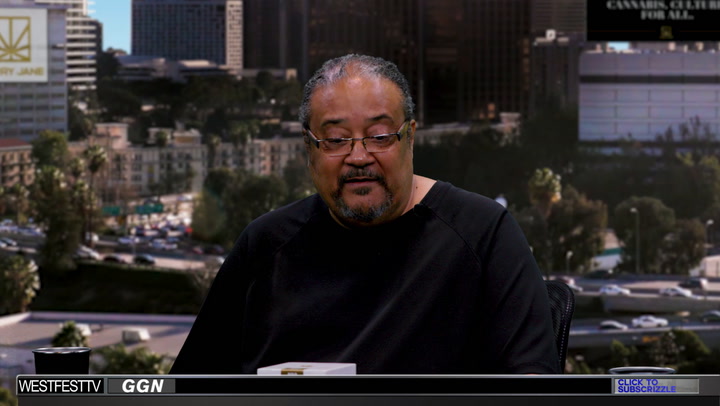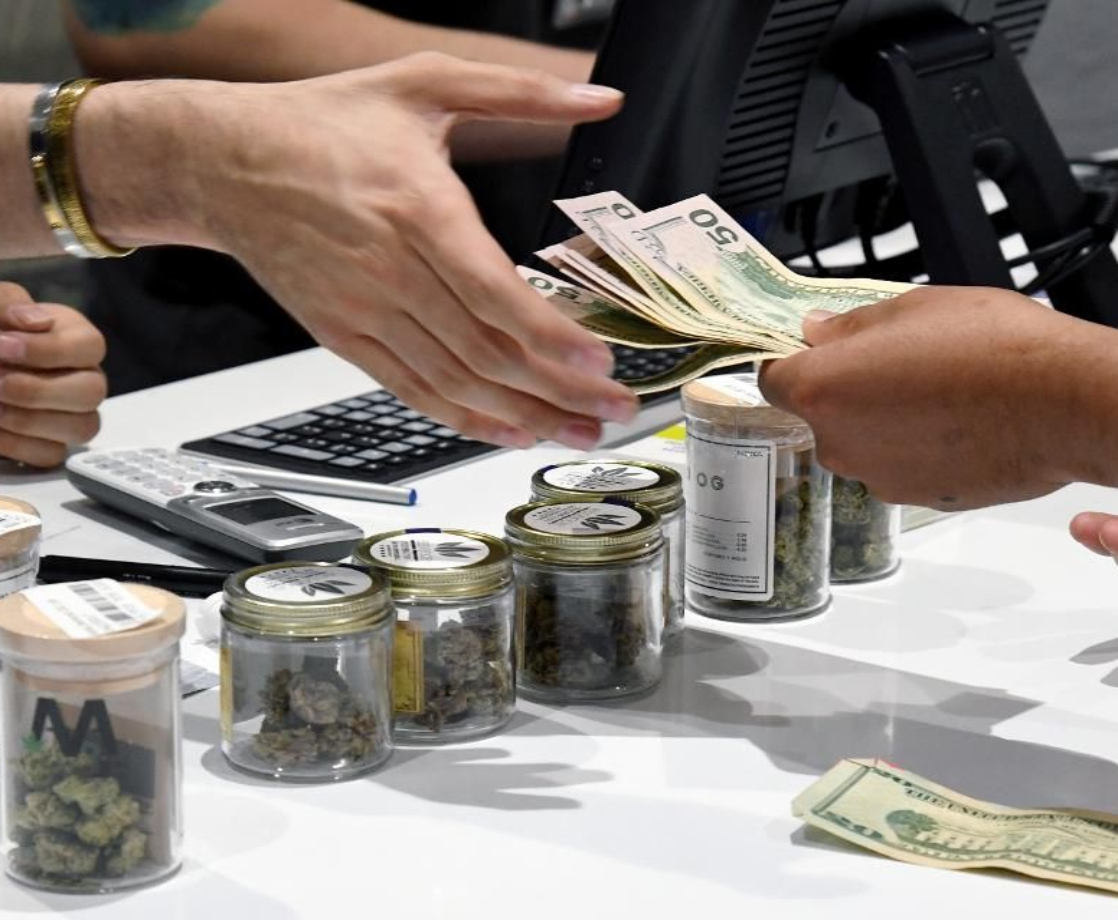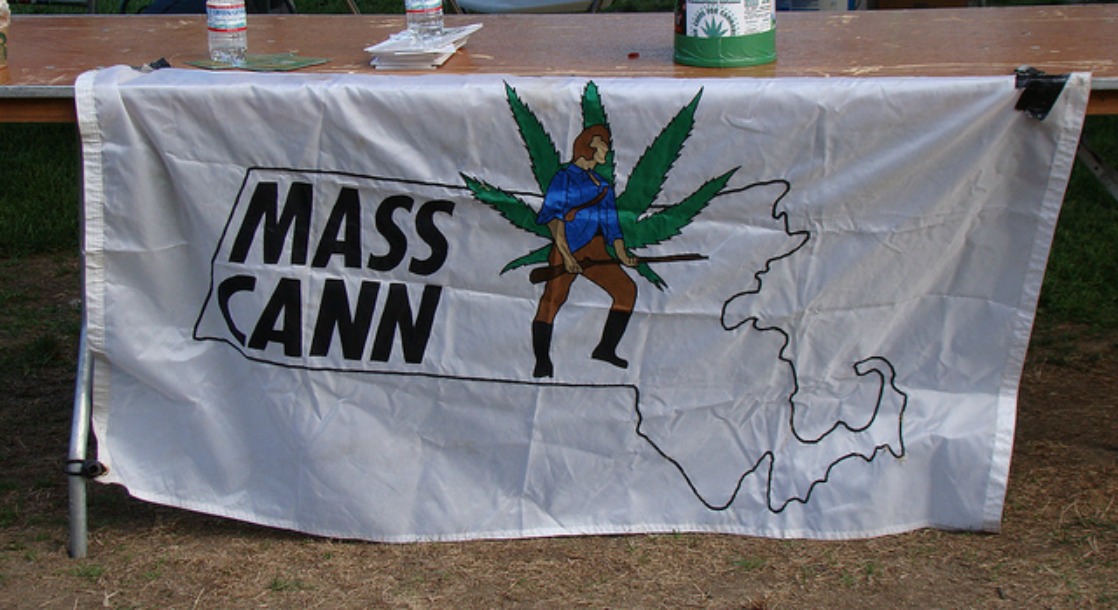Young adults used a record quantity of alcohol, weed, and psychedelics in 2021, according to the latest edition of the annual Monitoring the Future (MTF) survey.
The MTF research project, which is funded by the National Institute on Drug Abuse (NIDA), asks a representative sample of young Americans to anonymously report their daily, monthly, and yearly substance use. The current survey was conducted between April and October of last year by scientists at the University of Michigan Institute for Social Research, Ann Arbor.
The new installment reported the highest levels of cannabis use by young adults seen since the MTF study started tracking weed trends in 1988. A solid 43% of adults between the ages of 19 and 30 said they got high at least once last year, up from 34% in 2016 and 29% in 2011. Past-month pot use also hit a new high of 29%, a significant increase from the 17% reported in 2011. Daily cannabis use climbed to 11%, up from 6% a decade ago.
Young adults also admitted to doing more LSD, psilocybin, and other psychedelics than ever last year. The percentage of young adults who said they used psychedelics within the past year initially spiked at 7.6% in 2020 after holding steady at around 3 to 5% for decades. Last year, that percentage grew again, peaking at an all-time high of 8.1%. MDMA use has shown the opposite trend, though, falling from 5% in 2016 to 3% in 2021.
Conservative media and anti-drug groups love to spin these kinds of studies to suggest that some sort of serious crisis is at hand. These scare tactics ignore one very important fact, though: the rates of psychedelics and cannabis use among children and teens are declining significantly. A NIDA-funded study recently published in the Addiction journal reports that hallucinogen use by adolescents has decreased significantly since 2002. Several other studies have found that rates of teen pot use are declining, especially in states that have legalized adult-use cannabis sales.
Media scare stories also tend to overlook the fact that young adults’ alcohol use hit a significant peak last year. Thirteen percent of young adults said they downed 10 or more drinks in a row during the previous two weeks, the highest percentage ever recorded in the MTF survey. Binge drinking, defined as five or more drinks in a row, climbed to 32%, around the same rates seen before the pandemic hit. Yearly and monthly rates of alcohol use decreased by a small but significant amount last year, though.
Past-month nicotine vaping increased significantly last year, continuing an upward trend that began around 2017. Cannabis vaping also climbed back up to 12% last year after dipping significantly during the pandemic. Young adults are continuing to smoke fewer cigarettes, however, with only 4.4% of adults saying that they smoked daily last year. Rates of opioid abuse have declined significantly as well, providing some hope that the ongoing opioid crisis may finally be receding.
“One of the best ways we can learn more about drug use and its impact on people is to observe which drugs are appearing, in which populations, for how long, and under which contexts,” said Megan Patrick, Ph.D., research professor at the University of Michigan and lead investigator of the MTF study, in a press release. “Monitoring the Future and similar large-scale surveys on a consistent sample population allow us to assess the effects of ‘natural experiments’ like the pandemic. We can examine how and why drugs are used and highlight critical areas to guide where the research should go next and to inform public health interventions.”
Cover image via











